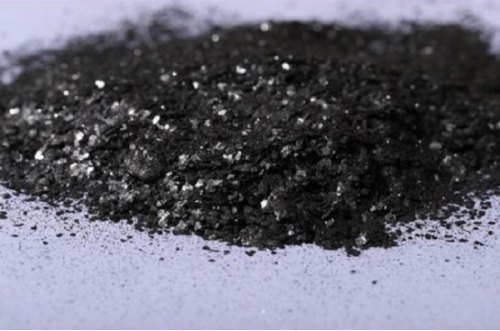Research on lithium batteries and their key materials has always been a hot topic at the Chemical Power Festival. Artificial graphite is an important part of lithium battery anode materials and is the mainstream material in the current market. The production process of artificial graphite includes four key procedures of crushing, granulation, graphitization, and screening and demagnetization. The production process takes a long time and the production process is complicated. However, its importance requires us to better understand the material, so that we can better produce and apply this important anode material.
In the last century, Sony proposed a lithium-ion battery structure with lithium cobalt oxide as the positive electrode and petroleum coke as the negative electrode. After that, the entire anode material market dominated by Japan and South Korea is replacing petroleum coke with petroleum or MCMB (mesophase carbon microspheres).
With the passage of time, the mesophase carbon microspheres gradually declined, and the market share was only about 10%. At this time, natural graphite became the new “darling” of the market at that time, and the market share was as high as 60%.
However, by 2017, with the industry’s development of artificial graphite anode materials, the comprehensive performance of artificial graphite anode material products has surpassed that of natural graphite anode materials, and the market share of artificial graphite has continued to increase, accounting for 60%.
In recent years, artificial graphite has become the mainstream of lithium battery anode materials.
1) Bright prospects for technological development
In addition to the core key technologies such as shaping, grading, and coating developed in the past, particle size reduction, surface pore formation, secondary granulation, artificial SEI film, high-temperature pre-carbonization, high-power graphitization, and box-type graphitization have also been developed. And other advanced technologies have greatly improved the performance of graphite anode materials and significantly reduced production costs.
2) Automatic intelligent upgrade
For example, Wuxi Taixian Powder Co., Ltd. has creatively proposed the “artificial graphite granulation system” for the key link of artificial graphite granulation, which improves the utilization rate of product tailings, reduces production costs, and improves the safety of process production.
3) Production equipment progress
Since the emergence of negative electrode materials, it has successively experienced Acheson crucible graphitization furnaces, serial crucible graphitization furnaces, and box-type graphitization furnaces. At present, continuous graphitization furnaces are being vigorously developed and breakthroughs are expected in the near future.
Future Trend
(1) Rapid expansion of production capacity will soon enter a mature stage;
(2) Technology iteration is slow and comprehensive performance is difficult to improve;
(3) Differentiated development of high-end artificial graphite anode materials;
(4) Reduce the cost of graphite anode material and production process;
(5) Develop full-process, intelligent and continuous production.


